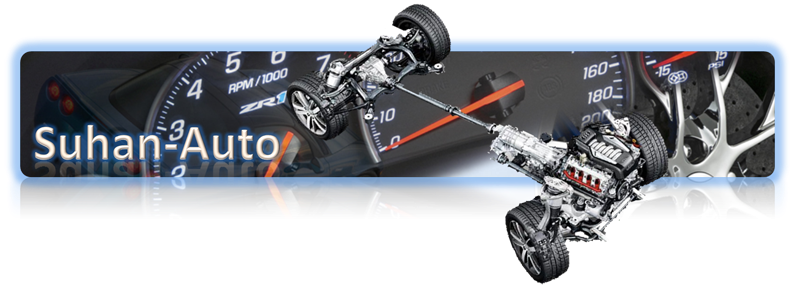Torque vectoring is the next step in AWD, its contribution being that it can get power to any wheel nearly instantly without having to use the brakes or cut power. Most current AWD control wheelspin by braking a spinning wheel or cutting the power from the engine. Torque vectoring is achieved by using redesigned differentials that can distribute power to the wheel or wheels that have traction. That means that wheels don't need to be stopped, and even better, you won't suffer from a sudden loss of power as you're negotiating an unexpected loss in traction. Some systems in use now or being developed work on FWD, RWD, and AWD cars, and can get power to any wheel or combination of wheels.
Lateral Torque Vectoring Control
IMG Ref: http://torque-vectoring.belisso.com/
The lateral torque vectoring control transfers the torque from the left
wheel to the right wheel, and vice versa, to generate an amount of
braking torque on one wheel while generating the same amount of driving
torque on the other wheel. The control of this type, therefore, can
generate the yaw moment at any time regardless of the engine torque.
Another advantage is that it does not affect the total driving and
braking forces acting on the vehicle: no conflict with acceleration and
deceleration operations. Although this control affects the steering
reaction force when applied to the front wheels, it does not produce any
adverse effects when applied to the rear wheels.
Reference:
http://torque-vectoring.belisso.com/

